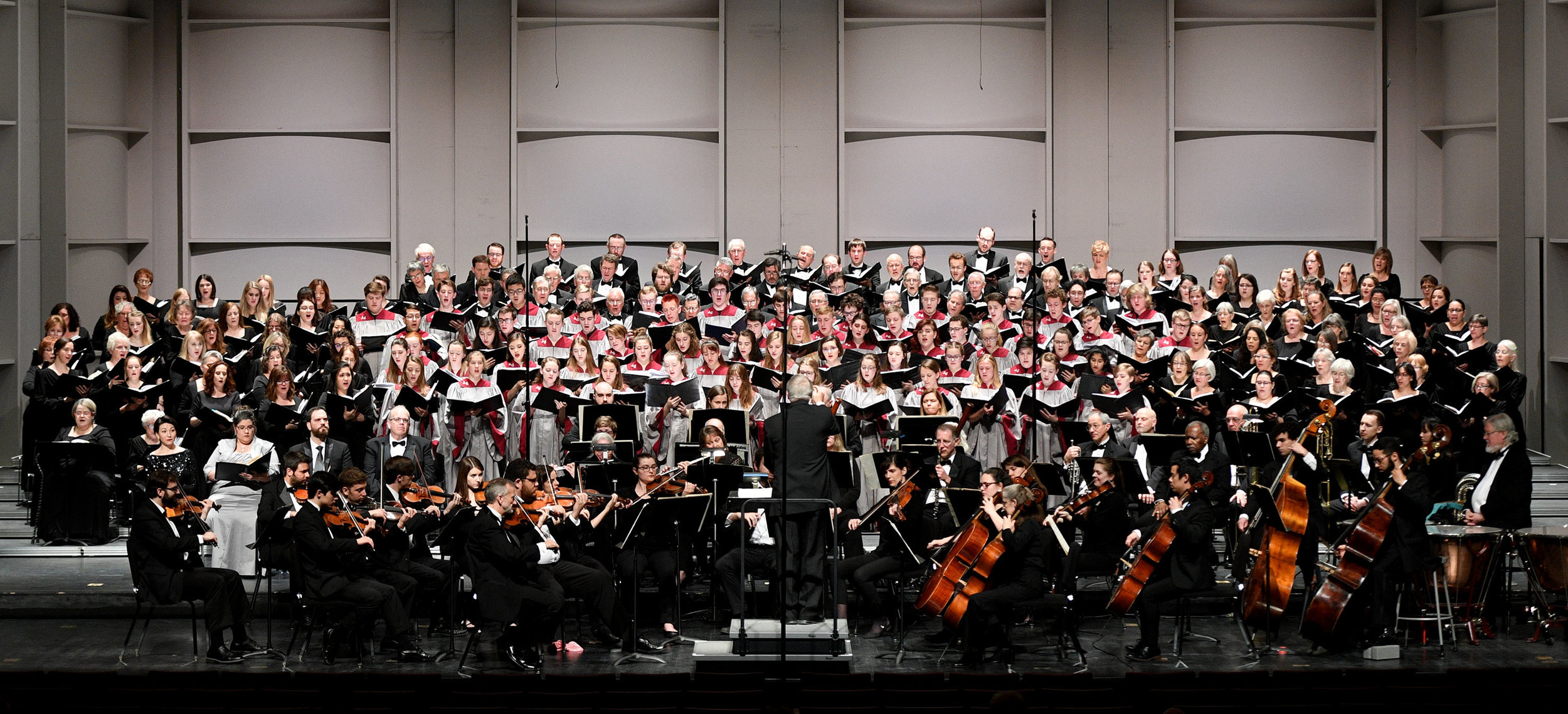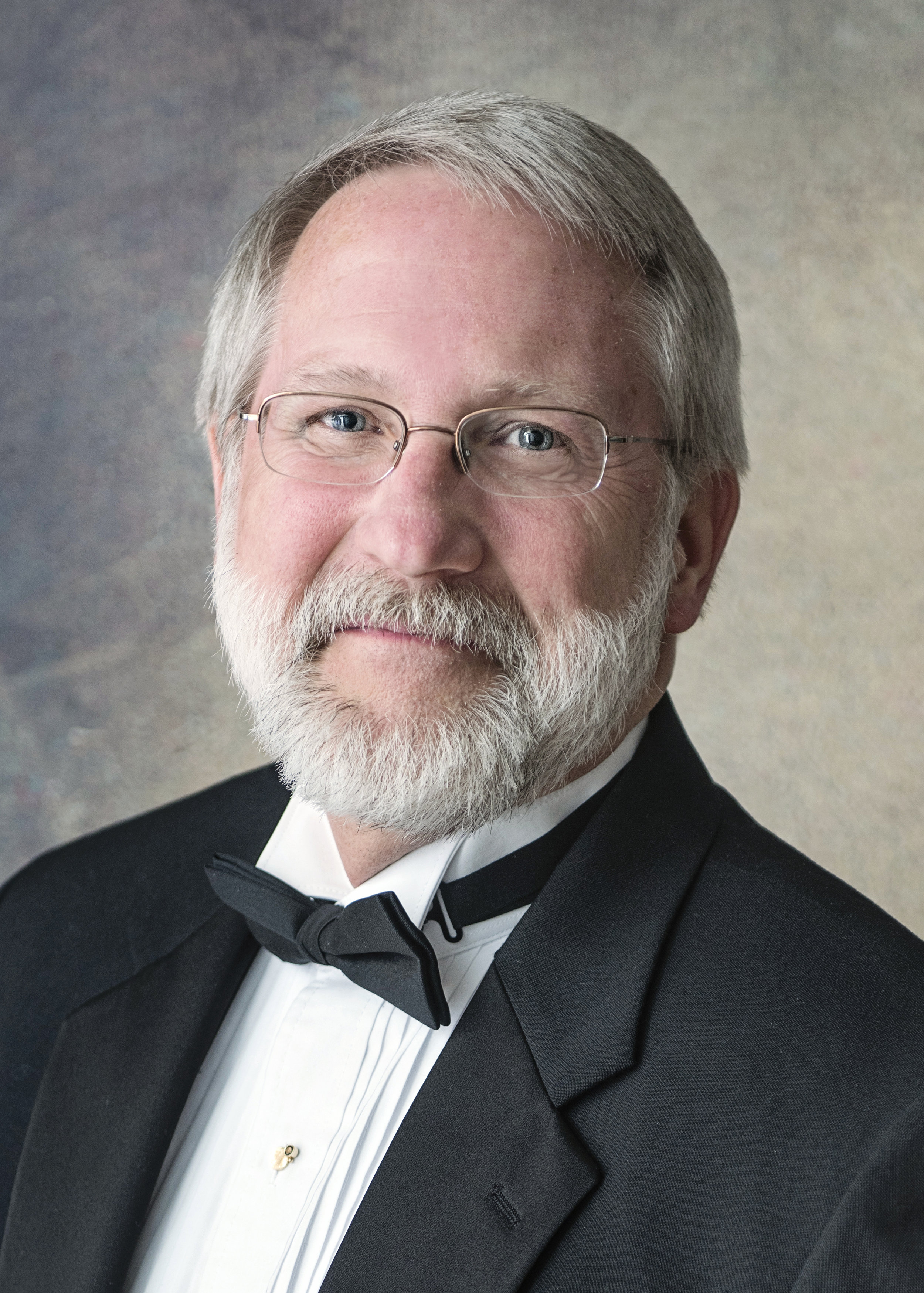



A Holiday Celebration
Sunday, December 15, 3 pm
Penn State Recital Hall
Mindela King, soprano
Colleen Kennedy, soprano
Janice Mianulli, alto
Pennsylvania Chamber Orchestra musicians will perform with members of the State College Choral Society under the direction of guest conductor, Russ Shelley. Repertoire will include highlights from Handel’s “Messiah” as well as other seasonal orchestral and choral music to bring the holiday spirit to everyone in the family.
Concert Sponsor: Whalley Charitable Trust
A Holiday Celebration Repertoire
Suite of Carols arr. Leroy Anderson
Highlights from “Gloria” in D Major, RV 589 Antonio Vivaldi
No. 1 Gloria
No. 3 Laudamus te
No. 4 Gratias agimus tibi
No. 5 Propter magnum gloriam
No. 7 Domini Fili, unigenite
No. 10 Qui sedes ad dexteram Patris
No. 11 Quoniam tu solus sanctus
No. 12 Cum Sancto Spiritu
Mindela King & Colleen Kennedy, soprano soloists
Janice Mianulli, alto soloist
Away in a Manger arr. Mack Wilberg
Intermission
Fantasia on “Greensleeves” Ralph Vaughan Williams, arr. Greaves
Highlights from “Messiah”, HWV 56 George Frideric Handel
No. 1 Sinfony
No. 4 And the Glory
No. 12 For Unto Us
No. 13 Pifa
No. 14 There Were Shepherds – Mindela King, soprano
No. 15 And the Angel – Mindela King, soprano
No. 16 And Suddenly – Mindela King, soprano
No. 17 Glory to God
No. 18 Rejoice, O Daughter of Zion – Mindela King, soprano
No. 44 Hallelujah (the audience is invited to sing along with the choir)
'Twas the Night Before Christmas arr. Douglas Meyer
Program Notes
Leroy Anderson wrote his Suite of Carols in 1955 for a Christmas recording by Arthur Fiedler and the Boston Pops. Anderson had a special feeling for the season as he said, “…you see, my parents were born in Sweden, so at Christmas time we would have the traditional Swedish foods on Christmas Eve....for dinner we would have the Hoghead's cheese and the pickled herring, and the pickled beets and various kinds of sausage and other things you usually find on a smorgasbord. Then, of course, the rice pudding for dessert, and in the rice pudding they always put an almond and whoever gets the almond, you see, is supposed to have good luck during the next year; of course, it always happens that the youngest child happens to get the almond, they'd arrange it that way.”
The first carol set by Anderson is “Pastores a Belen,” (Shepherds in Bethlehem) describing the joyful dance of the shepherds as they discover the baby wrapped in swaddling clothes and lying in a manger.
“It Came Upon a Midnight Clear” is a poem written in 1849 by Edmund Sears, pastor of the Unitarian Church in Wayland, Massachusetts. Anderson chose for the setting a melody called “Carol” by Richard Storrs Willis, a composer who studied with Felix Mendelssohn.
“O Little Town of Bethlehem” was written in 1868 by Phillips Brooks, an Episcopal priest, then rector of Church of the Holy Trinity in Philadelphia and later of Trinity Church, Boston. Brooks was inspired when he visited Bethlehem in 1865. Three years later, he wrote the poem for his church, and his organist Lewis Redner added the music.
"Bring a Torch, Jeanette, Isabella" is a 17th century Christmas carol originating in the Provence region of France. The song, not originally meant to be sung at Christmas, was dance music for French nobility. It was likely written by Marc-Antoine Charpentier.
The song title refers to two female farmhands who have found the baby and his mother in a stable. Excited, they run to a nearby village to tell the inhabitants, who rush to see the new arrivals. Visitors to the stable are urged to keep their voices quiet, so the newborn can enjoy his dreams. To this day, on Christmas Eve in the Provence region, children dressed as shepherds and milkmaids carry torches and candles while singing the carol, on their way to Midnight Mass.
"Away in a Manger" was first published in the late nineteenth century. Although it was long claimed to be the work of German religious reformer Martin Luther, the carol is now thought to be wholly American in origin. The origin of the words is obscure. An early appearance was on March 2, 1882, in the "Childrens' Corner" section of the journal The Christian Cynosure. Under the heading "Luther's Cradle Song" an anonymous author contributed the first two verses. For this setting Anderson has chosen the tune most commonly used in the United States, “Mueller” by James Ramsey Murray (1887).
Antonio Lucio Vivaldi composed this Gloria in Venice, probably in 1715, for the choir of the Ospedale della Pietà, an orphanage for daughters of Venetian noblemen and their mistresses. The Ospedale prided itself on the quality of its musical education and the excellence of its choir and orchestra. This, his most famous choral piece, presents the traditional Gloria from the Latin Mass in twelve varied cantata-like sections.
The wonderfully sunny nature of the Gloria, with its distinctive melodies and rhythms, is characteristic of all of Vivaldi’s music, giving it an immediate and universal appeal. The opening movement is a joyous chorus, with trumpet and oboe obligato.
The most popular melody for “Away in a Manger” in England is "Cradle Song,” written by the American composer William J. Kirkpatrick. It was first published as part of the collection Around the World with Christmas (1895), a "Christmas Exercise" for schools featuring material representing various countries. It was included, under the title "Luther's Cradle Hymn," as a representative of "The German Fatherland.”
“Greensleeves” has been around since at least the 16th century. Shakespeare mentions it twice in The Merry Wives of Windsor, and it appeared widely throughout the 17th century in both song and lute publications. In the 19th century it was given new lyrics as “What Child is This?” Vaughan Williams used the tune several times, most notably in his opera Sir John in Love, which was based on Shakespeare’s above mentioned play. In 1934 Ralph Greaves grafted passages from various Vaughan Williams incarnations, (especially from Sir John in Love) of the familiar tune and created the “Fantasia on Greensleeves” as we know it.
George Frideric Handel was at heart a man of the theater, whether the opera stage or the “ecclesiastical theater” of the oratorio. He infused everything he wrote with drama. “Handel understands effect better than any of us,” wrote Mozart. “When he chooses, he strikes like a thunderbolt.” Lying on his deathbed, Beethoven asked for a volume of Handel to console him in his finality.
Handel received an invitation to produce a series of concerts in Dublin in 1741, and the idea of a change of scenery appealed to him. He traveled from London to Dublin in mid-November 1741 and remained until August 13, 1742. The high point of Handel’s Dublin season was without a doubt the premiere of his new oratorio Messiah. He had composed it while still in London during the summer of 1741, over the course of about three weeks. His librettist, Charles Jennens, had been pressed into service to assemble a text for the new work. This he apparently did in the early summer of 1741, drawing creatively on Biblical passages. With the libretto in hand, Handel leapt into action on August 22. He finished the draft of Part One on August 8, of Part Two on September 6, and of Part Three on September 12—and then he took another two days to polish details on the whole score.
This prodigious pace was not exceptional for Handel. The composer allowed himself about a week’s rest after finishing Messiah before embarking on his next oratorio, Samson, which he wrote in the relatively leisurely span of five weeks.
"A Visit from St. Nicholas", more commonly known as "The Night Before Christmas" and "'Twas the Night Before Christmas" was first published anonymously in 1823 and later attributed to Clement Clarke Moore, who claimed authorship in 1837.
The poem has been called "arguably the best-known verses ever written by an American” and is largely responsible for some of the conceptions of Santa Claus from the mid-nineteenth century to today. It has had a massive impact on the history of Christmas gift-giving.
Meyer: For some time I’ve toyed with pairing the carols and songs of Christmas with the episodes of “Twas the Night before Christmas” as I would pair a tasty cheese with a holiday wine, or in this case a Stollen or Pfeffernusse with Glühwein. To my mind the image of the shepherds as they lay in the fields with their sheep so many years ago pairs easily with the children all snug in their beds, the swirling appearance of St. Nicholas with his octet of reindeer, with the jingling of sleigh bells in a wintery cross country sleigh ride and the bundle of toys he had slung on his back, with Toyland, Toyland, the little girl and boy land.
And, what could provide a better finale to our merry visit with St. Nick than a grand wish for some figgy pudding, a cup of good cheer and A Merry Christmas and a Happy New Year!
Program notes by Conductor Laureate, Douglas Meyer.

